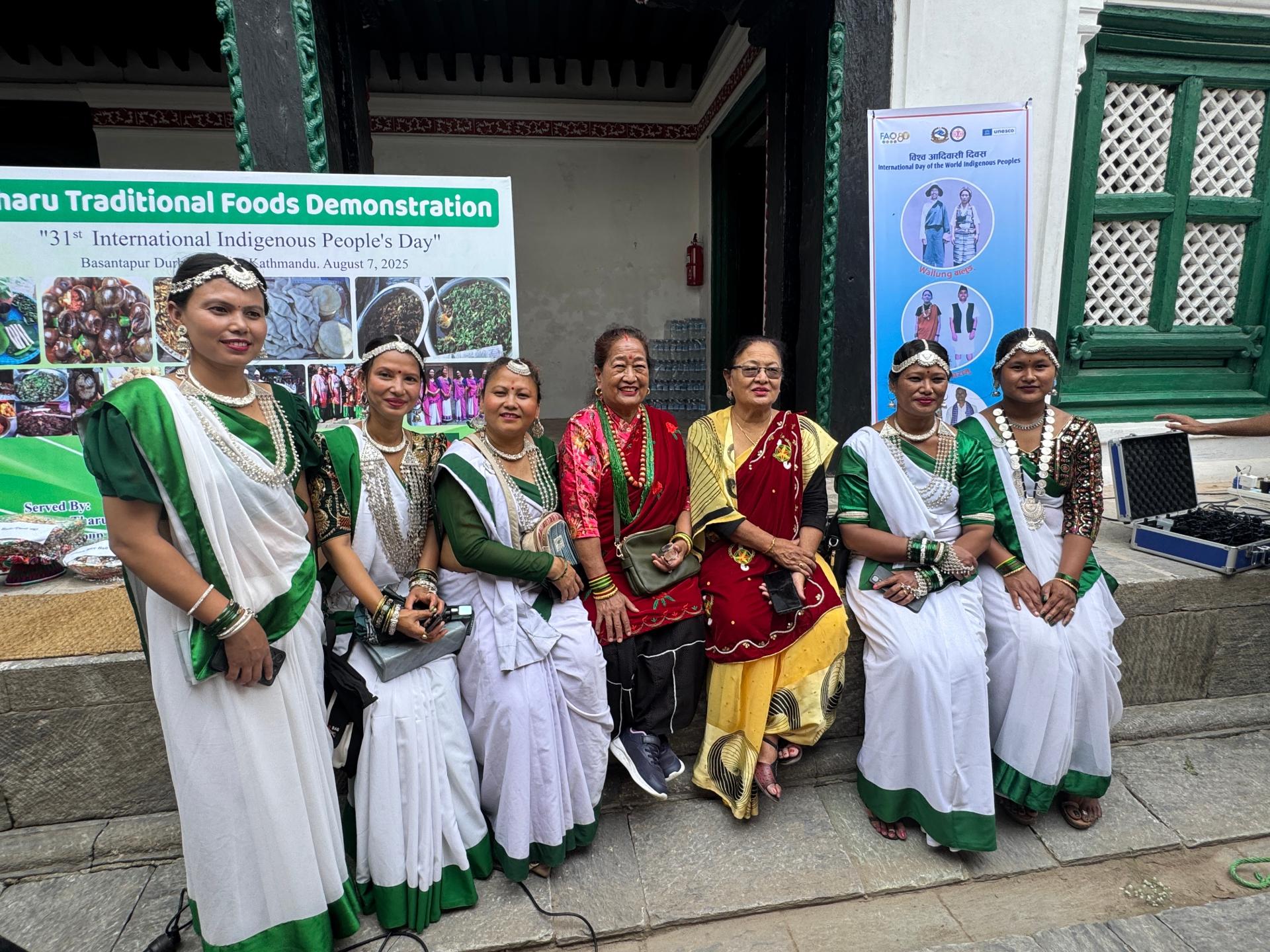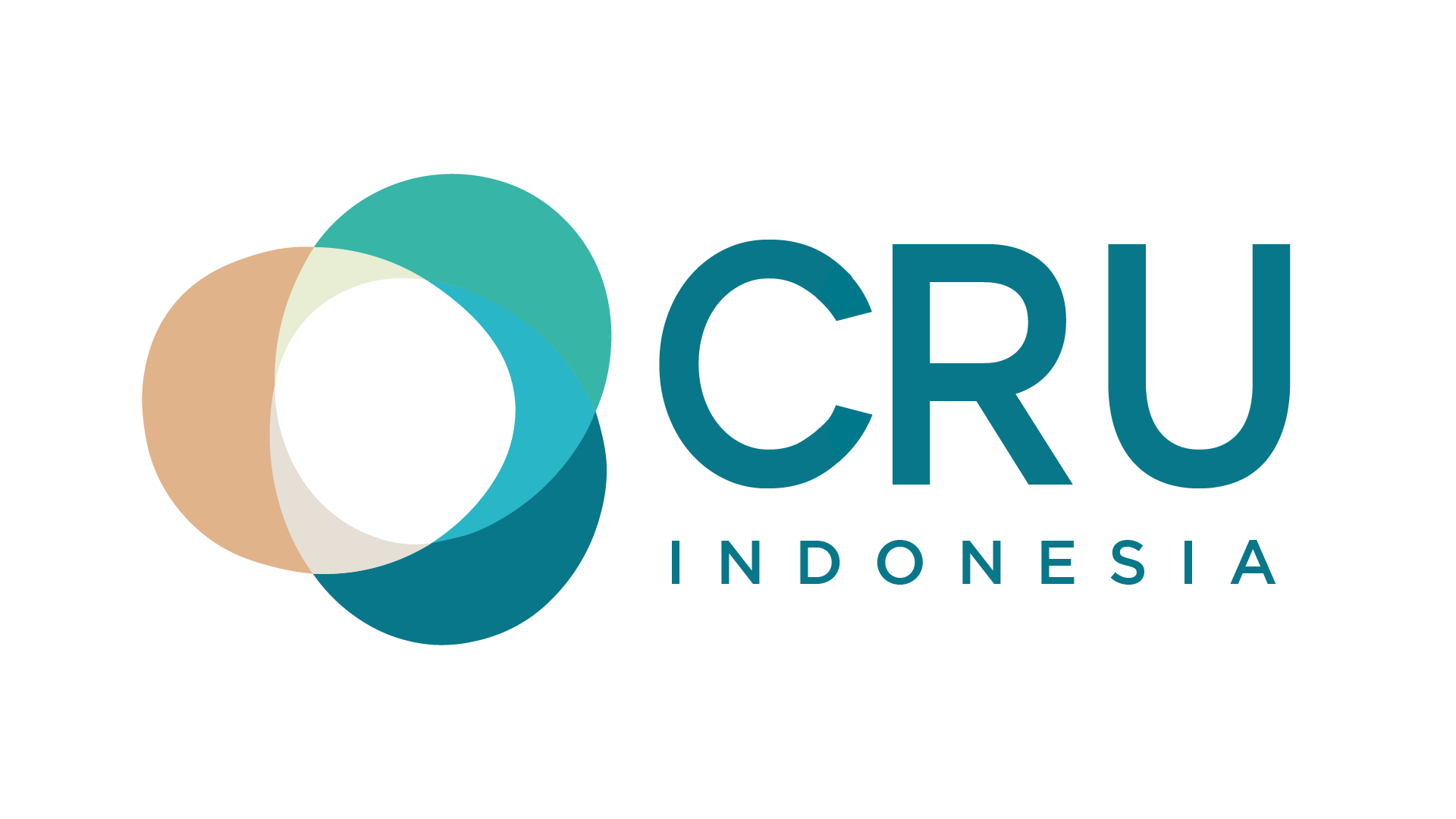Nepal’s Indigenous Communities Face Systemic Rights Violations Amid Development
8 Agustus 2025agnes
By Dev Kumar Sunuwar (Koĩts-Sunuwar, CS Staff)
Nestled between China and India, Nepal is home to 60 legally recognized Indigenous Peoples, collectively known as Adibasi Janajati, who comprise at least 35.08% of the total population. Even though they make up a large portion of the population, they have been systematically discriminated against, marginalized, and left out of decision-making processes for centuries. A recent report to the 51st Session of the Universal Periodic Review (UPR) Working Group of the Human Rights Council shows that Indigenous Peoples’ rights are still being violated in Nepal. It also highlights issues ranging from a lack of political representation to loss of land and culture, including displacement and other forms of violence that they have been facing in the name of development projects.
A stakeholder report, prepared and submitted by a coalition of Indigenous-led organizations including, Sunuwar Sewa Samaj, Sunuwar Women Society, Indigenous Rights Foundation, Nepal Tamang Women Association, Indigenous Women’s League, National Indigenous Disabled Women Association Nepal (NIDWAN), and Cultural Survival, highlights the gaps between what Nepal’s constitution guarantees and what Indigenous Peoples actually experience.
The 2015 Constitution assures the inclusion and proportional representation in the state structures as a fundamental right for all sections of society, including Indigenous Peoples, and that their cultural and linguistic rights be preserved and protected. However, Indigenous Peoples are still not well represented. For example, in the 24-member Council of Ministers, only five of are Indigenous Nationalities (20.8%). In contrast, the Khas-Arya group (historically dominant), which has been in power for a long time and makes up just 27.74% of the population, has 15 ministerial positions (62.5%). The Khas-Arya judges make up 82.35% of the Supreme Court, whereas Indigenous Newars only have two seats.
Right to land and resource violations are other serious issues. The report highlights a study of the Pathibhara Cable Car Project in Taplejung district that threatens the sacred site of Mukkumlung, which is very significant to the Yakthung (Limbu) Indigenous People’s spiritual and cultural identity. It has been disputed since it was renamed Pathibhara and became a Hindu temple. The project was granted to IME Group, a private conglomerate, without Free, Prior and Informed Consent (FPIC), and thus has caused violent clashes between Yakthung Indigenous protesters and police, resulting in injuries and arrests. Since 2023, by forming the Mukkumlung Struggle Committee and the Cable Car Cancellation Joint Struggle Committee, Indigenous Yakthung (Limbu) communities have been opposing the project. Activists say that the project would cut down around 60,000 trees, including 3,000 rhododendrons, which are significant to Indigenous Peoples. The Supreme Court has issued an order to halt the construction temporarily, but this case shows how development projects often ignore Indigenous Peoples’ rights.
In Nepal, Indigenous women face significant and intersecting forms of discrimination, experiencing marginalization based on both their gender and their Indigenous identity. They are often invisible or near-totally absent in government plans and policies, with no disaggregated data to address their needs. The data also reveals that Indigenous women and girls are trafficked at an alarming rate. They make up 70% of the trafficking victims rescued by NGOs. The Human Trafficking and Transportation (Control) Act, 2007, fails to criminalize all forms of trafficking or establish standardized victim identification protocols. This makes them easy targets for exploitation. Indigenous women also have trouble getting justice, healthcare, and economic opportunities. For example, the Liquor Act of 2031 BS has criminalised their traditional livelihoods, like alcohol production. This law disproportionately impacts Indigenous women, as they rely on brewing traditional beverages for income, which has further resulted in economic marginalisation.
Similarly, the education policies in Nepal are failing Indigenous children. The constitution guarantees mother-tongue education, but schools prioritize Nepali and English, leading to the erosion of Indigenous languages and contributing to high dropout rates. Approximately 73% of Indigenous children do not complete high school. The poverty and lack of their cultural support resulted in the problem getting worse. The report calls for urgent reforms to ensure inclusive, multilingual curricula that reflect Indigenous knowledge systems.
Climate change and energy projects have resulted in Indigenous Peoples facing more vulnerabilities. Nepal’s measures to fight climate change don’t take into account the Indigenous ecological knowledge, even though these communities are suffering from natural disasters like the devastating floods in September 2024 that forced 10,000 families to leave their homes. At the same time, hydropower projects, which are typically funded by international financial institutions, violate the rights of Indigenous Peoples and displace them from their land and territories. For example, the hydropower projects on the Likhu River have disrupted the livelihoods of Sunuwar Indigenous Peoples, while the Sunkoshi Marine Diversion Project has threatened to submerge the Majhi Indigenous Peoples’ lands. In Kathmandu, the Tamakoshi-Kathmandu Transmission Line has led to protests after security forces forcibly evicted Tamang Indigenous Peoples, detaining activists, including women and children. There are also problems with the Marshyangdi Corridor and Bharatpur-Bardaghat transmission lines that are similar to those with other lines, where complaints to international financiers like the European Investment Bank and World Bank have not led to any accountability.
Indigenous Persons with Disabilities (IPWDs) also face a series of challenges due to being marginalized, due to a lack of disaggregated data to guide the policies to address their issues effectively. A World Food Program assessment reveals that 80% of Indigenous women with disabilities do not own land. Additionally, 75% have resorted to reducing meals due to food insecurity. Climate change has made these problems much worse. More than half of IPWDs say their livelihoods have been affected and their health has worsened. Nepal’s Sustainable Development Goals plan doesn’t contain any particular initiatives for this group. Neither have they been included in social safeguards policies or decision-making processes.
The report recommends that Nepal and the international community enforce proportional representation in governance, suspend the projects that don’t fulfill the FPIC, and recognize Indigenous Peoples’ right to land and resources. It also calls for disaggregated data collection, safeguards for victims who have been trafficked, and amendments to the Liquor Act to decriminalize traditional practices. In addition, it also calls for developing climate policies and strategies that integrate Indigenous knowledge and ensure the inclusion of IPWDs in development programs.
In June 2025, Nepal’s Supreme Court made history by issuing an order to the government mandating the enforcement of international human rights treaties like the UN Declaration on the Rights of Indigenous Peoples (UNDRIP) and ILO Convention 169 concerning Indigenous Peoples. However, systemic barriers and political inaction still exist. The report makes it clear that Nepal has to take immediate action to protect the rights of Indigenous Peoples, preserve cultural heritage, and ensure equitable and meaningful participation in the state structures. Without such measures, Indigenous communities will continue to be marginalized and left out of progress, and that marginalization will continue, leaving Indigenous communities to bear the costs of progress that they should help shape.

All photos from 31st International Indigenous Peoples’ Day in Kathmandu. Photos by Dev Kumar Sunuwar.
